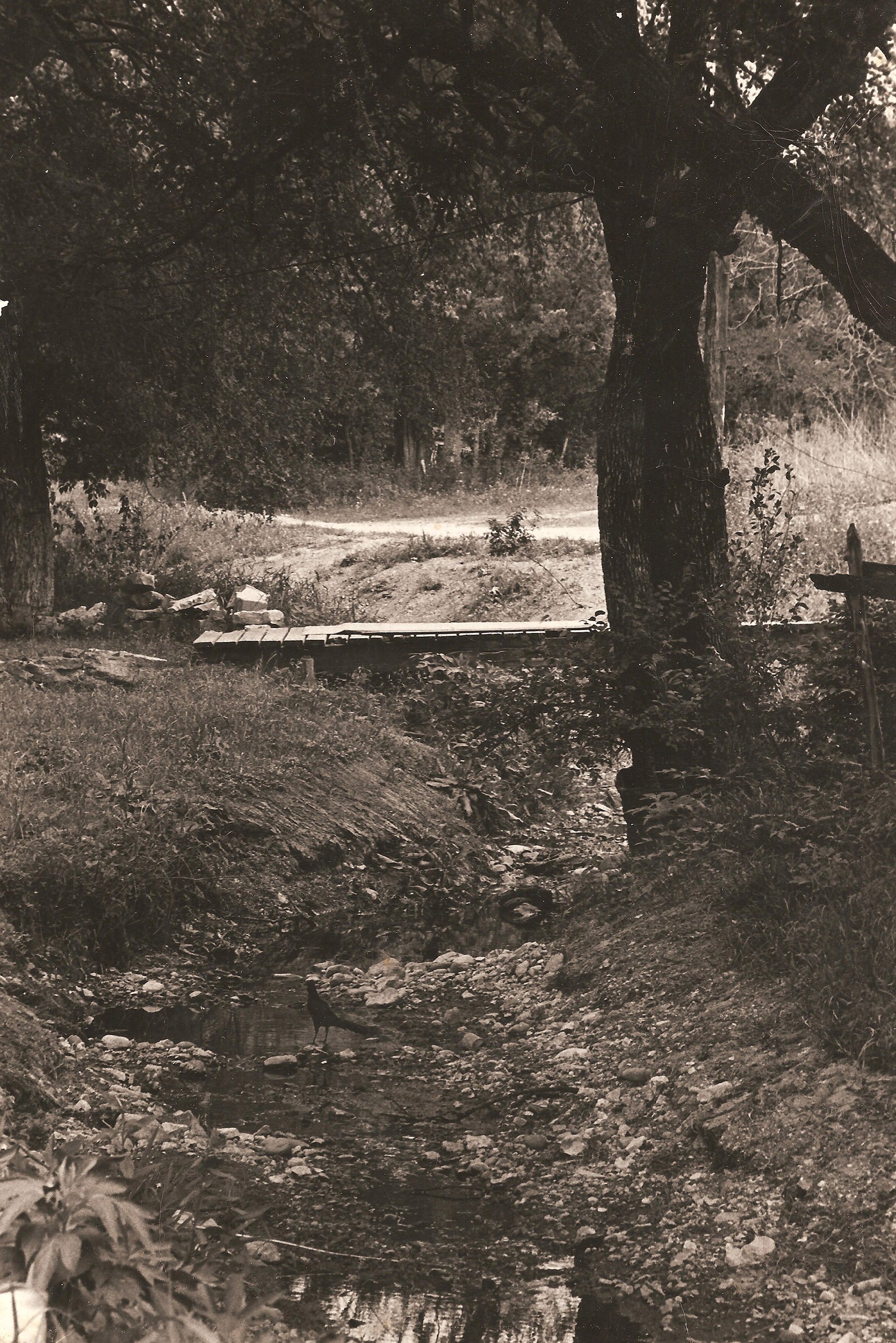Historic Treasure Troves
Check out Clarksville's Gold Dollar Newsletters from 1979 to 1981.
Clarksville Under Threat
As the City of Austin began to expand west, Clarksville’s geographic isolation ended and it soon found itself surrounded by affluent White neighborhoods, like Old Enfield. It was not long before Clarksville residents and Black people living in other areas of West Austin began to be pressured to relocate. In fact, the 1928 City Plan called for them to move to the “Negro District” on the east side of town where the city fathers hoped to segregate Austin’s Black citizens.
One tactic the city used to pressure Clarksville residents to relocate was to deny them the public services it provided to the residents of the surrounding white neighborhoods – paved streets, sidewalks, street lighting, sewers and flood control measures, for example. Meanwhile, redlining and other discriminatory practices coupled with institutional racism, made it difficult, if not impossible in some cases, for Clarksville residents to maintain, improve or enlarge their homes. Yet, despite all the hardships they had to endure, Clarksville residents persisted and refused to move. They cherished their neighborhood and were determined to continue living there.
In 1971, the construction of the MoPac Expressway dealt a serious blow to Clarksville. Prior to MoPac, the community extended west beyond the Missouri Pacific railroad tracks. But the new highway destroyed the homes located on that side of the tracks as well as some homes to the east. As a result, Clarksville lost nearly one-third of its homes, displacing many families. Although some of them were able to find new homes in what remained of Clarksville, many had to move out of the neighborhood.
Then in the mid-70s, Clarksville faced an existential threat after the City of Austin voted to construct a cross-town expressway that would begin in East Austin and connect with MoPac. The plan was for the expressway to run up 15th Street and then veer left into the heart of Clarksville, destroying the neighborhood and forcing out the last Black families living in West Austin. However, the community fought back and with the assistance of then-Congressman J. J. "Jake" Pickle, they derailed the expressway plans.
Sadly, defeating plans for the cross-town expressway provided Clarksville with just a temporary reprieve because gentrification replaced the destructive plans of city leaders and proved to be an insidious threat to the neighborhood. Speculators and developers – the gentrifiers – dangled money before homeowners in an attempt to convince them to abandon Clarksville, their neighbors, their way of life and their history. Clarksville fought back. For example, in 1978 a diverse group of community activists established the Clarksville Community Development Corporation (CCDC), and with the help of federal grants and loans, the CCDC built homes and duplexes that it rented to low and moderate-income families. The organization was also given some properties. This was the start of the CCDC’s affordable housing program, which was intended to allow families displaced from Clarksville to return to the neighborhood.
In 1976, Clarksville was added to the National Register of Historic Places as the Clarksville National Register Historic District (NRHD). The 10-block District is located west of West Lynn Street.
The National Register is the federal government’s list of districts, sites, buildings, structures and objects that it believes are worthy of preservation.
This video was produced by Reynell Parkins and his students. Parkins was a professor of architecture at UT. He and students made the video to help Clarksville residents fight the construction of MoPac. In the end, Mopac destroyed one-third of the neighborhood.”
Clarksville resident Seymour Washington dispensing advice to Austin musician Townes Van Zandt and others. From “Heartworn Highways” documentary.




